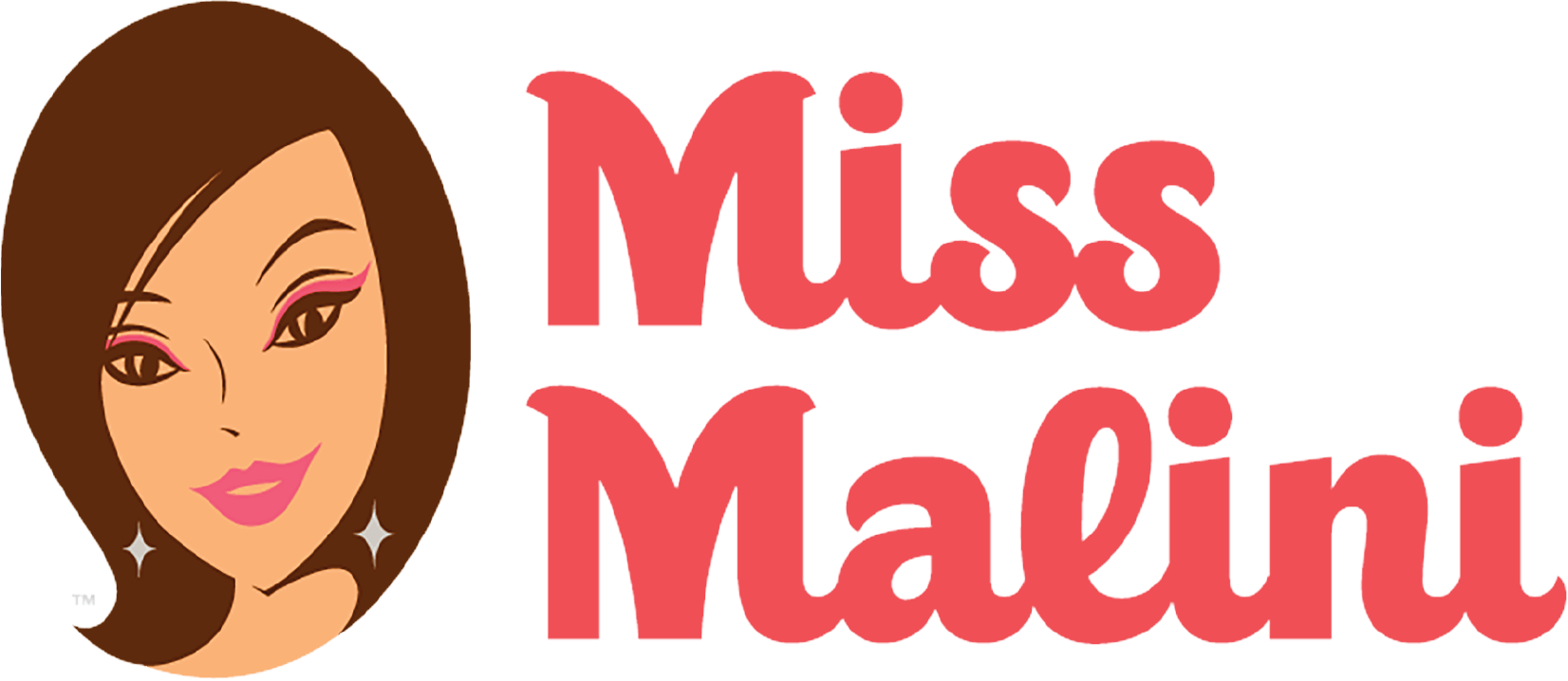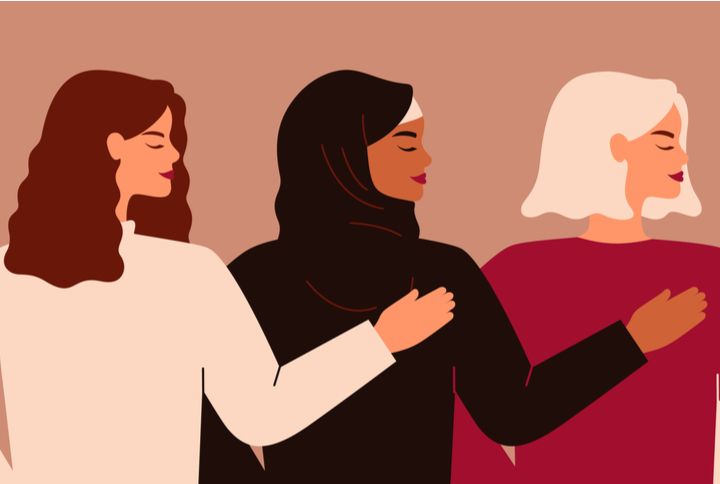Today, the United States is celebrating Women’s Equality Day. The President of the United States proclaims this day every year since its first observance in 1972. This day commemorates the ratification of the 19th amendment to the Constitution of the United States, which prohibited state and federal governments from denying a citizen the right to vote based on their gender. On the 100th anniversary of the constitutional amendment, with a century’s worth of progress on our hands, I want to inspect the feminist goal of equality.
The passage of the 19th amendment put an end to more than 70 years of protests demanding women’s suffrage. The suffragette movement, largely led by white feminists in the United States, resulted in the passage of the constitutional amendment on August 26, 1920. However, the amendment only outlawed discrimination on the basis of gender. It didn’t mention anything about literacy tests, poll taxes, and the grandfather clause, which was all voter suppression tactics that disproportionally affected newly emancipated African Americans in the country. For this reason, what is celebrated as Women’s Equality Day isn’t really celebrating every woman’s equality. Let me explain what I mean.
What Equality Means
Semantically, equality means the right of social groups to similar social positions and treatment. However, feminists have established since 1920 that the social position of men, and of white men specifically in the United States, is elevated to the supreme. By striving for equality of the sexes, we ask that women and people of marginalised genders be held on the same pedestal men have stood on for centuries.
Now, this goal may have been appropriate for suffragettes in the 20th century when men literally had more rights than women. A hundred years later, however, we have come to understand two important things. The first being that in most developed and developing nations, women have the same rights as men on paper, and it is the social experience of being a woman that makes them aware of gender. Secondly, and perhaps more importantly, that man and woman are categories too broad, and there are many other aspects of a person’s identity that make them vulnerable to discrimination from a patriarchal society.
Women’s Status Today
Today, our struggles aren’t with what the state of the laws, but with what patriarchal and racial biases permeate those laws. Many women now have the right to work and make their own money, to participate in democracy, some lucky ones can even pick who to marry, but the people haven’t forgotten that there was once a world in which these were hopes, not rights. The memory of that unjust past is shoved down our throats in the effort to make us thankful, complacent, never asking for more.
Why Equality May Be Outdated
I feel equality should have never been the end goal. The problem with patriarchy isn’t that women can’t be like men, it is that women have believed for so long that the only way to be free is to be like a man. Gender equality shouldn’t have to mean giving women rights and tools and resources to empower them so that they can be on the pedestals that men have long reserved for themselves in society.
A better world would be one where there are no pedestals at all, where people of all genders can be and do what they want. Equality is only needed until there is something unequal. Instead of raising another hundred, equal pedestals for all the groups that patriarchy alienates, let’s eliminate the one and come back to the ground. There, we can start as equals.
Do you feel gender equality is relevant today or do you feel we need to go beyond it? Please share your thoughts in the comments below!
Join Malini’s Girl Tribe on Facebook to be a part of more such conversations!

